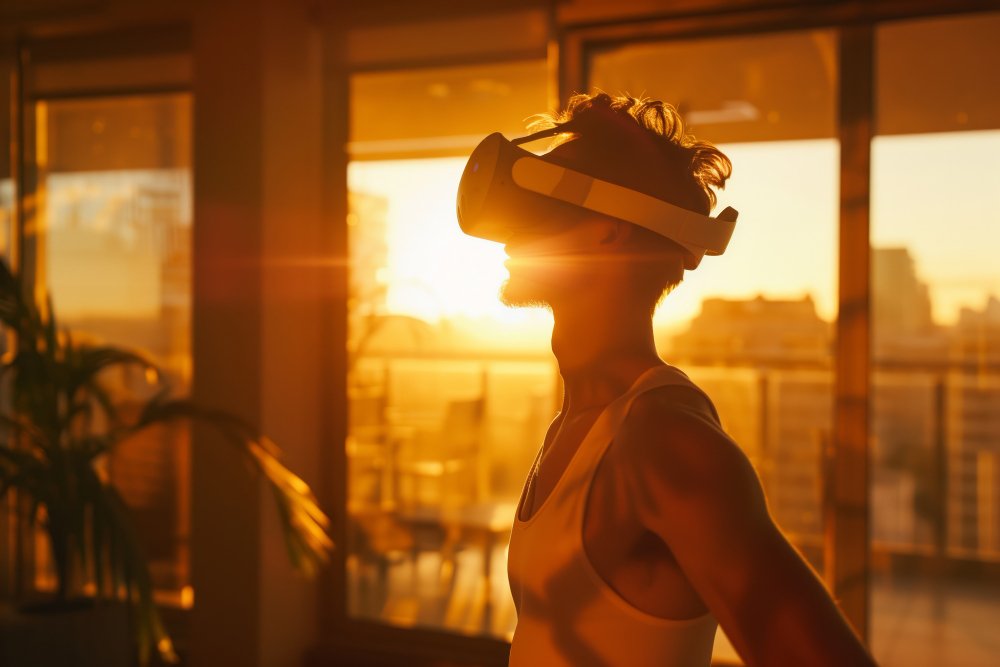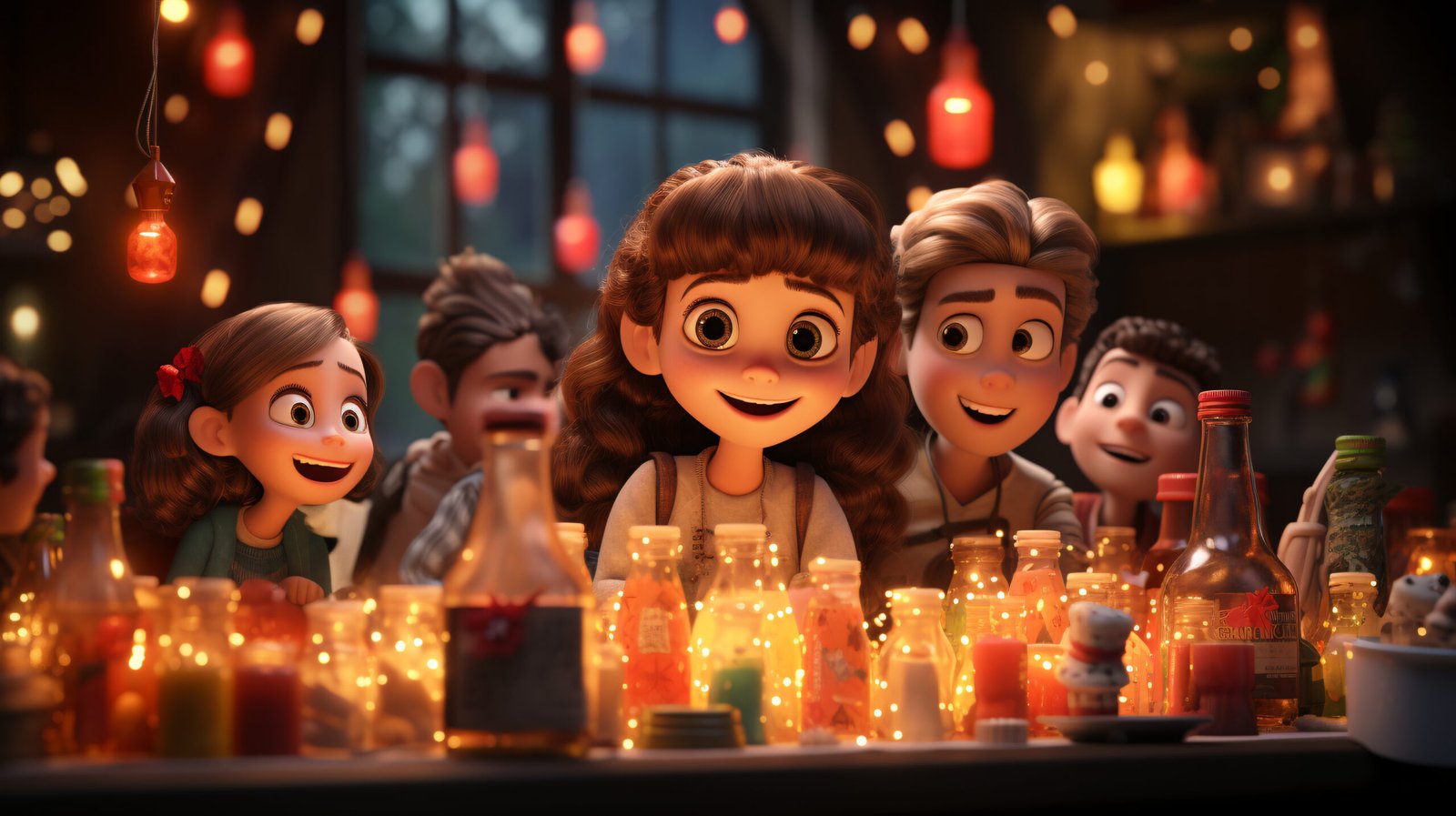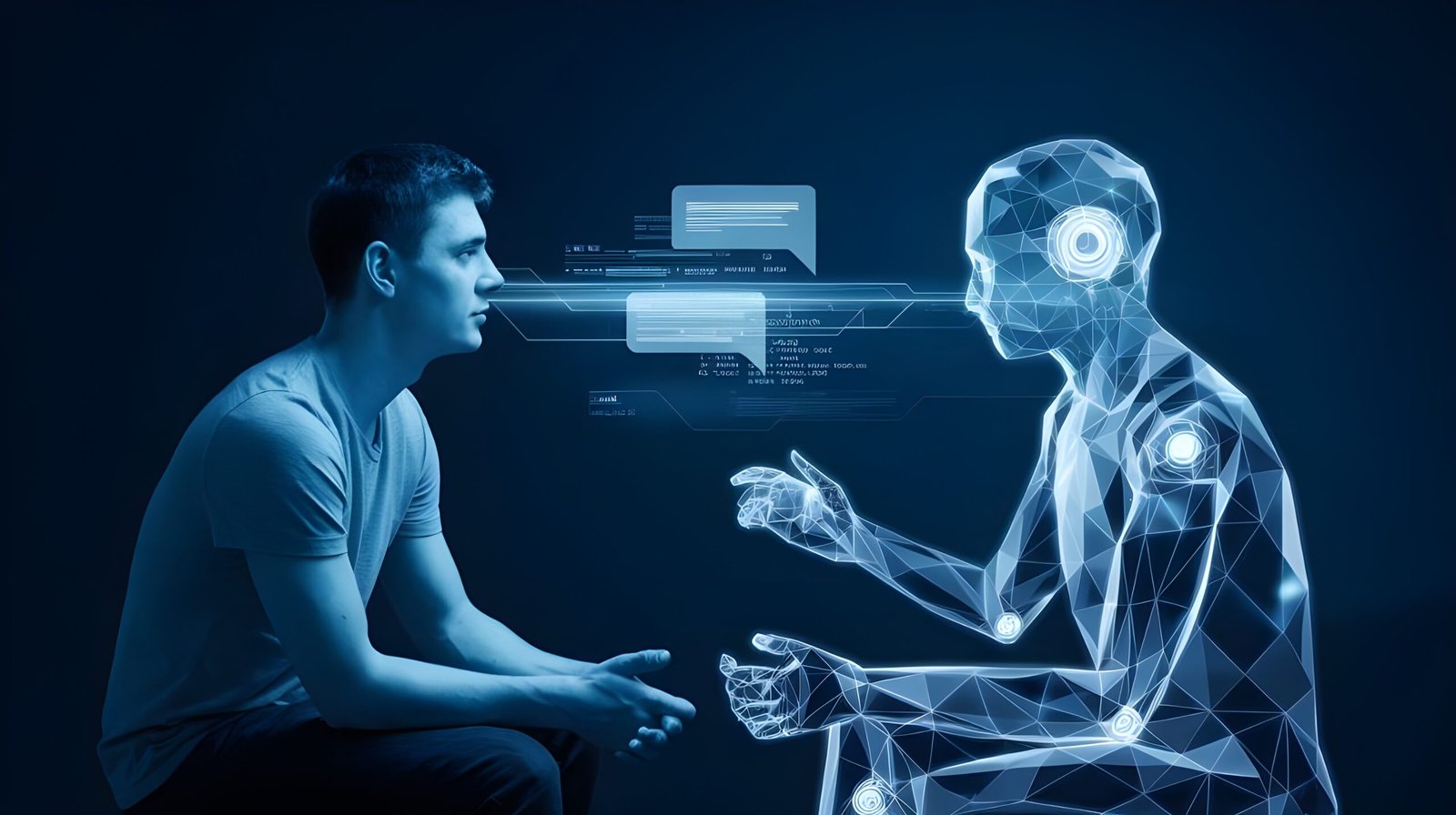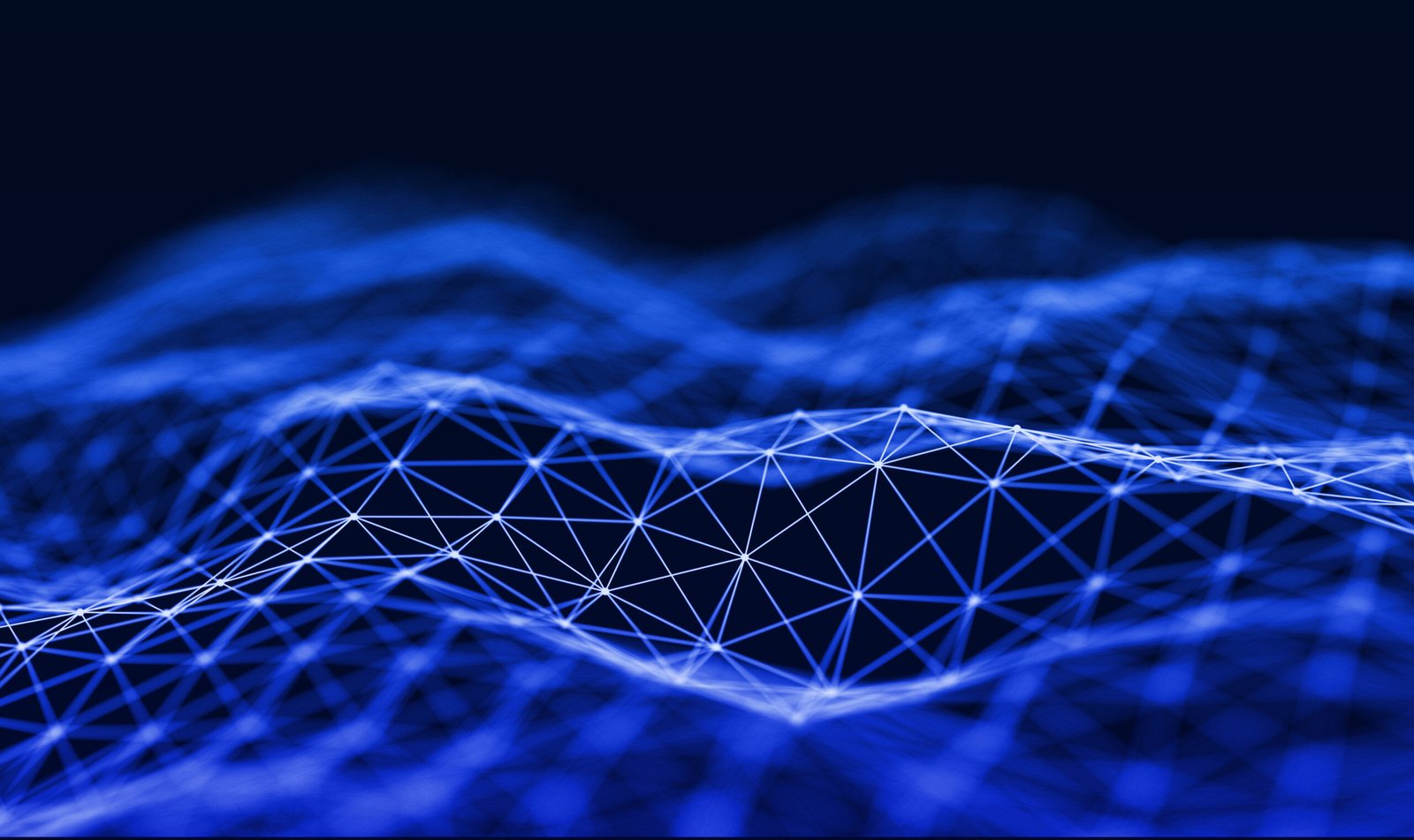In recent years, the worlds of 3D animation and virtual reality (VR) have undergone significant transformations. As we advance into 2024, these technologies are becoming integral to various industries, enhancing user experiences and providing innovative solutions. This blog explores the tools, expertise, stages, and benefits of 3D animation and VR tours across different sectors, including the healthcare, defense, and petroleum industries.
Tools of the Trade
The creation of 3D animations and VR tours relies on cutting-edge software and hardware. Here are some key tools used by professionals:
1. Software
- Autodesk Maya: A leading software for 3D modeling and animation, Maya offers robust tools for creating complex characters, simulations, and visual effects.
- Blender: An open-source software that provides a wide range of features, including modeling, sculpting, and rendering, making it popular among independent artists and small studios.
- Unity and Unreal Engine: These game engines are not just for games anymore; they are widely used for creating immersive VR experiences and interactive environments.
- Adobe After Effects: Essential for post-production work, After Effects allows artists to add effects and motion graphics to their animations.
2. Hardware
- High-Performance Computers: Rendering 3D animations requires powerful processors and graphics cards to handle the complex calculations.
- VR Headsets: Devices like the Oculus Quest 3 and HTC Vive Pro 2 are crucial for testing and experiencing VR environments.
- Motion Capture Systems: These systems capture real-life movements and translate them into digital animations, enhancing realism and detail.

Expertise Required
Creating 3D animations and VR tours demands a diverse set of skills:
- 3D Modelers: Artists who specialize in creating the models and textures that make up the digital environment.
- Animators: Professionals who bring characters and objects to life with movement and expression.
- VR Developers: Experts who build interactive experiences within virtual environments, focusing on user interaction and engagement.
- Sound Designers: They add audio elements that complement the visual experience, creating an immersive atmosphere.
Stages of Production
The process of creating 3D animations and VR tours typically involves several stages:
1. Pre-Production
- Concept Development: Initial ideas are brainstormed, and storyboards are created to outline the project.
- Scriptwriting: For narrative-driven projects, scripts are developed to guide the animation and VR tour.
- Design and Planning: Detailed plans and designs are created, including character sketches, environment layouts, and technical specifications.
2. Production
- Modeling and Texturing: 3D models are created, textured, and prepared for animation.
- Animation: Characters and objects are animated according to the storyboard and script.
- Environment Creation: Virtual environments are built, with attention to detail and interactivity.
3. Post-Production
- Rendering: The final animation is rendered, producing high-quality visuals.
- Sound Design: Audio elements are integrated, enhancing the overall experience.
- Testing and Refinement: The project is tested for functionality and performance, with refinements made as necessary.
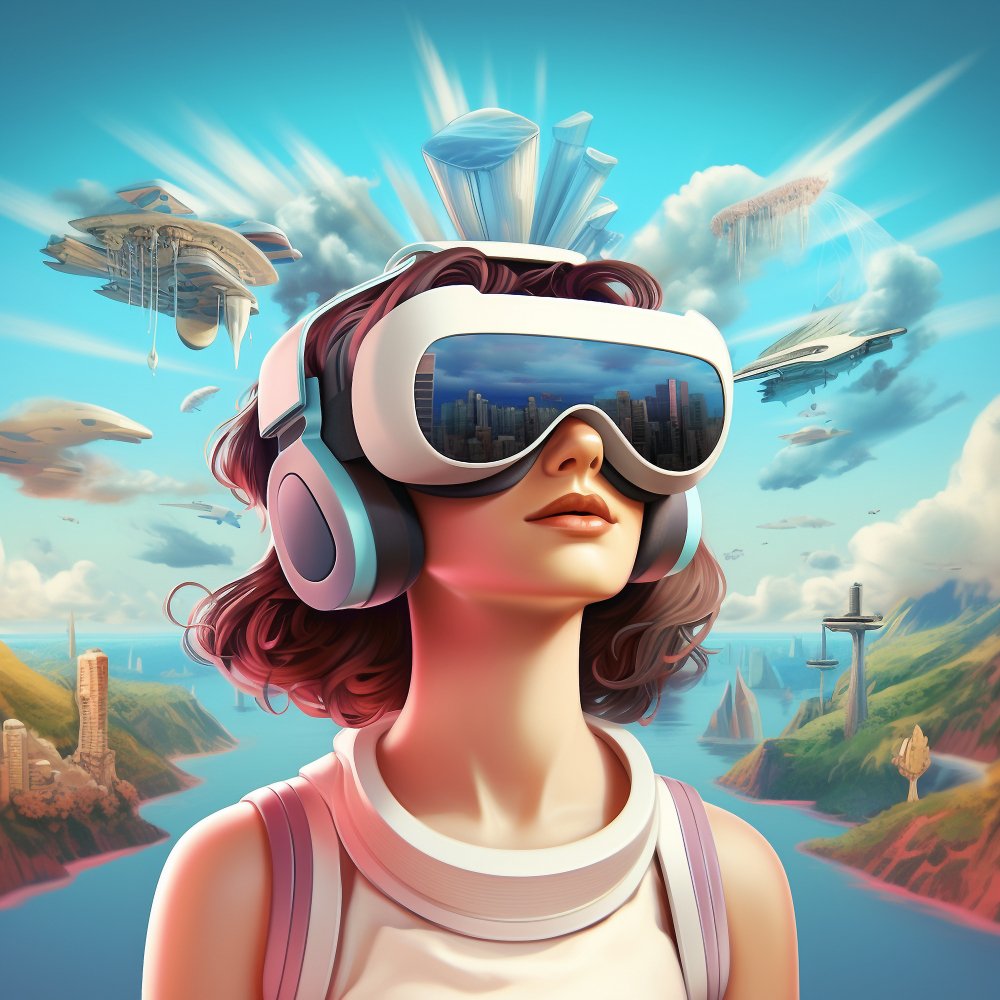
Benefits Across Industries
The application of 3D animation and VR tours extends to a wide range of industries, offering numerous benefits:
1. Entertainment and Gaming
- Enhanced Storytelling: 3D animations and VR create immersive narratives that captivate audiences.
- Realistic Simulations: Games and films benefit from lifelike characters and environments, increasing engagement.
2. Education and Training
- Interactive Learning: VR tours provide hands-on learning experiences, making education more engaging and effective.
- Safe Training Environments: Industries like aviation and healthcare use VR to train employees in a risk-free setting.
3. Real Estate and Architecture
- Virtual Property Tours: Buyers can explore properties remotely, saving time and resources.
- Design Visualization: Architects use 3D animations to present their designs to clients, aiding decision-making.
4. Marketing and Advertising
- Immersive Campaigns: Brands use VR to create memorable experiences that resonate with consumers.
- Product Visualization: 3D animations showcase products in a dynamic and engaging manner.
5. Healthcare
- Medical Training: VR simulations provide healthcare professionals with realistic training scenarios.
- Patient Care: VR is used in therapy and rehabilitation, offering patients immersive treatment options.
6. Defense
- Combat Training: VR provides realistic simulations for military training, allowing soldiers to practice in virtual environments that mimic real-life scenarios.
- Mission Planning: 3D animation helps in visualizing and strategizing military operations, offering detailed overviews of terrains and tactical maneuvers.
7. Petroleum
- Exploration and Drilling: VR tours enable engineers to simulate drilling operations and explore potential sites, improving safety and efficiency.
- Maintenance and Repair: 3D animations are used to train personnel in equipment maintenance, reducing downtime and enhancing operational performance.
As we move further into 2024, the impact of 3D animation and virtual reality on various industries continues to grow. With advancements in technology and an increasing demand for immersive experiences, these tools offer innovative solutions that enhance engagement, improve efficiency, and provide new opportunities for storytelling and interaction. Whether in entertainment, education, real estate, healthcare, defense, or petroleum, the benefits of 3D animation and VR tours are undeniable, promising a future where digital experiences are more integrated into our everyday lives.


